Universities can train 3,000 high-quality human resources to meet the demand of the semiconductor - microchip industry as forecasted, but face challenges in attracting students.
On October 17, Associate Professor Dr. Nguyen Thu Thuy, Director of the Department of Higher Education, Ministry of Education and Training, had a talk on training human resources for the semiconductor industry in universities in Vietnam, in the context of the semiconductor industry being of interest, especially after the visit of US President Joe Biden to Vietnam.
Currently, there are more than 50 large FDI enterprises investing in Vietnam in the microelectronics and semiconductor industry, in which the field of microchip design requires the most high-quality human resources.
After Vietnam and the US established a Comprehensive Strategic Partnership in September, many corporations are expected to continue to enter Vietnam and the demand for human resources will increase. Some economic experts from Fulbright University predict that in the next 5 years, Vietnam will need about 20,000 people and in the next 10 years, about 50,000 people with university degrees or higher.
The number of microchip designers is currently around 5,000. According to experts from technical universities, the training demand in the next few years is around 3,000 per year, in line with the forecast of economic experts. Of which, the number of postgraduate graduates accounts for at least 30%. According to Ms. Thuy, the schools have enough capacity to meet this demand.
Currently, many majors train human resources for semiconductors and microchips. For example, the majors of Chemistry, Physics, and Materials provide human resources for research, development, and production of semiconductor materials. For the design and production of microchips, the most suitable majors are Electronic Engineering, Electronics and Telecommunications; related majors are Electrical Engineering, Control and Automation, and Mechatronics.
Ms. Thuy believes that training can be recruited from the beginning or students studying related majors can switch to study in depth in the last 1-2 years. In addition, engineers who have graduated from related majors can take additional courses from a few months to 1-2 years to meet the requirements of the semiconductor - microchip field.
The Department of Higher Education has separately counted the number of new students enrolling in suitable majors such as Electronics - Telecommunications, Microelectronics, which is currently about 6,000 per year and graduating about 5,000 per year. For related majors, the number of new students enrolling each year is about 15,000 and graduating about 13,000.
"Thus, if 30% of students in relevant majors and 10% of students in related majors study microchips and semiconductors, the number of 3,000 graduates each year to meet the industry's needs is feasible," said Ms. Thuy.
However, the number of students choosing this major has not reached the above level.
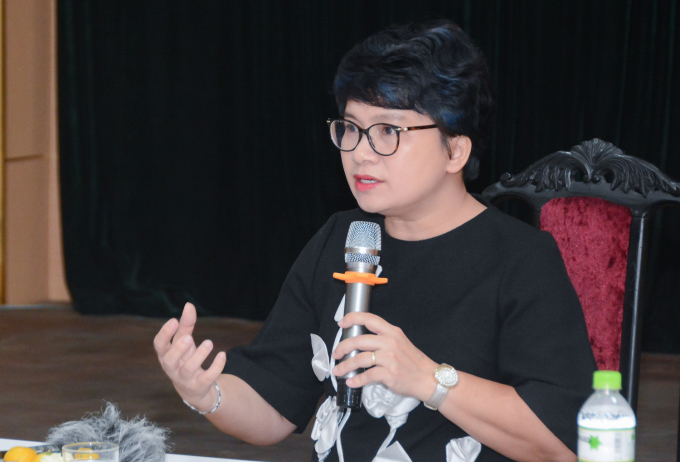
Ms. Nguyen Thu Thuy shares about human resource training in the semiconductor - microchip field, October 17. Photo: MOET
The Ministry of Education and Training has not yet compiled statistics on the number of human resources that universities have provided to the semiconductor and microchip market in recent years. However, according to some major universities, not many students choose to study this field in depth.
For example, at Hanoi University of Science and Technology, each year the Electronics and Telecommunications Engineering major enrolls 780 students, but only about 40-50 students choose to study in-depth on microchip design. Meanwhile, other schools mainly train in broader or related majors. The Microchip Design major has just appeared in the training program of Hanoi University of Science and Technology, some member schools of Hanoi and Ho Chi Minh City National Universities, and FPT University.
Sharing with VnExpress in September, Associate Professor Nguyen Duc Minh, Head of the Department of Electronics, Hanoi University of Science and Technology, said the reason is that learning about microchips is not as easy as software, and it is not possible to learn just by having a computer like Information Technology.
In addition, social media rarely mentions the electronics and semiconductor industry in general and microchip design in particular, so not many people know how great the demand for human resources in this industry is. This affects students' career orientation.
The Director of Higher Education Department said that the labor market in the field of semiconductors and microchips is just emerging, mainly in the form of potential, so it has not attracted students like other booming industries with clear job opportunities. In addition, schools also face great challenges in improving the quality of training to meet the strict requirements of foreign enterprises.
"This requires synchronous support policies and guidance from the State," said Ms. Thuy.
Currently, the Ministry of Education and Training proposes three groups of policies. The first is to support and encourage learners through scholarship policies, tuition exemptions, and preferential credits, in order to improve the quantity and quality of incoming students.
Second is to support and invest in breakthroughs to enhance training and research capacity, first of all the capacity of the teaching staff, laboratory equipment and software tools for practice, experimentation and simulation.
Finally, encourage and promote cooperation between universities - research institutes - domestic and foreign enterprises.
Ms. Thuy added that the Ministry is taking the lead in developing a project to submit to the Prime Minister by the end of this year to develop high-quality human resources for high technology and a project to build a number of excellent research and training centers on 4.0 technology, including mechanisms and policies to develop human resources in the semiconductor - microchip field.
The Ministry of Education and Training is also developing an action plan to promote training and research in the fields of semiconductor and microchip technology, which will be reported to the Prime Minister in October, in which it will direct and support schools to cooperate in an alliance, share and jointly use resources and capacity in training and research.
Source link




![[Photo] Looking back at the impressive moments of the Vietnamese rescue team in Myanmar](https://vstatic.vietnam.vn/vietnam/resource/IMAGE/2025/4/11/5623ca902a934e19b604c718265249d0)


![[Photo] "Beauties" participate in the parade rehearsal at Bien Hoa airport](https://vstatic.vietnam.vn/vietnam/resource/IMAGE/2025/4/11/155502af3384431e918de0e2e585d13a)
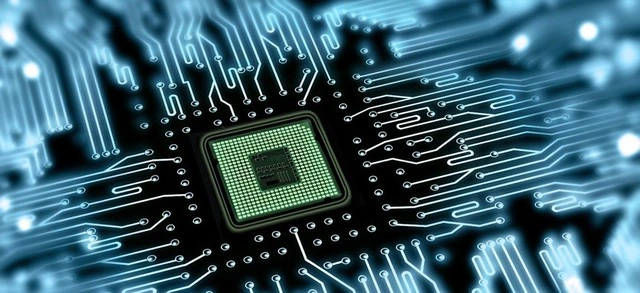

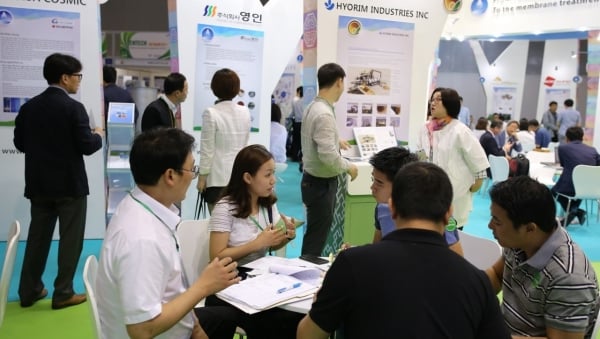

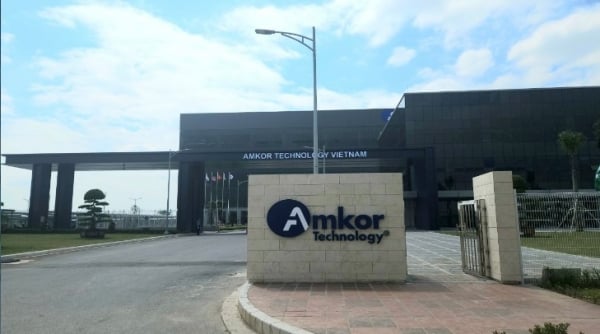
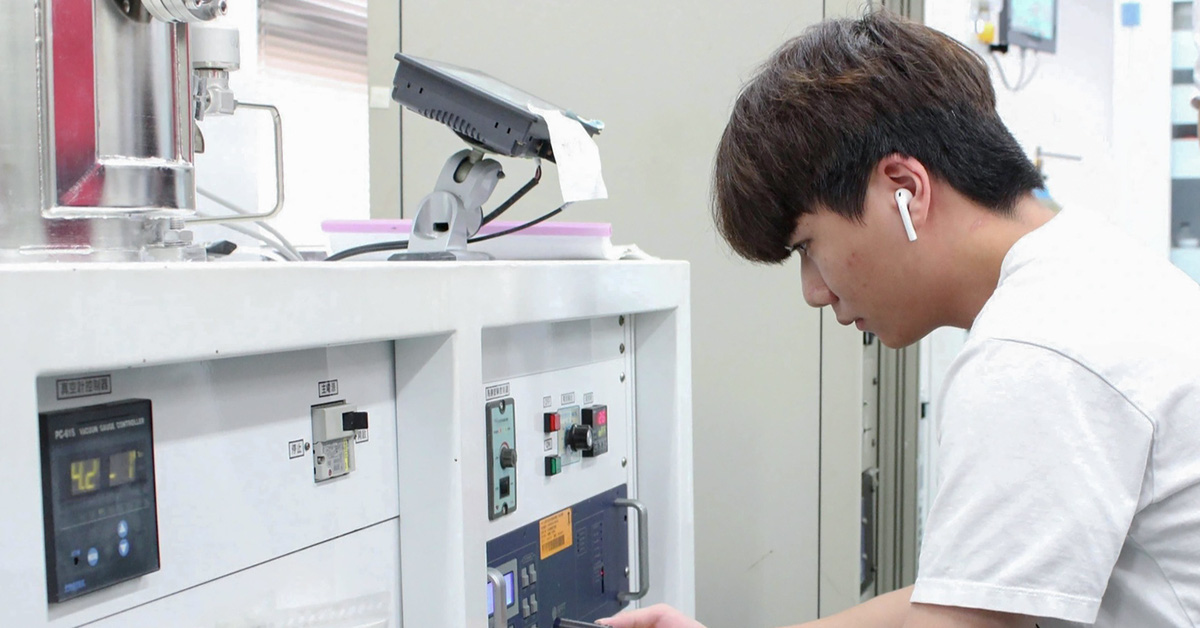

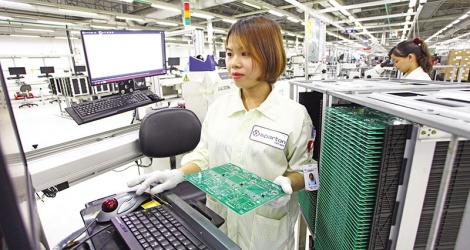

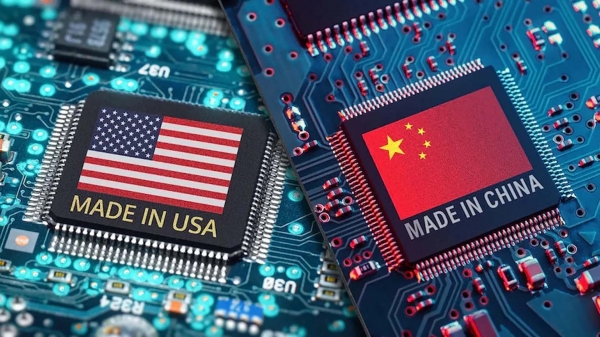
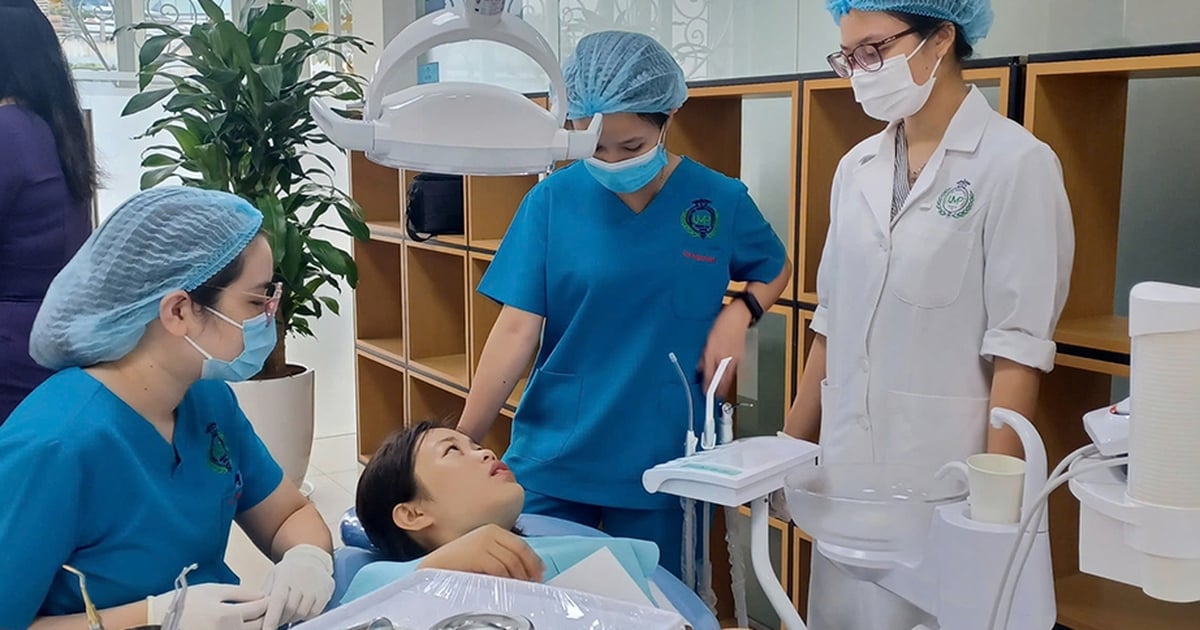
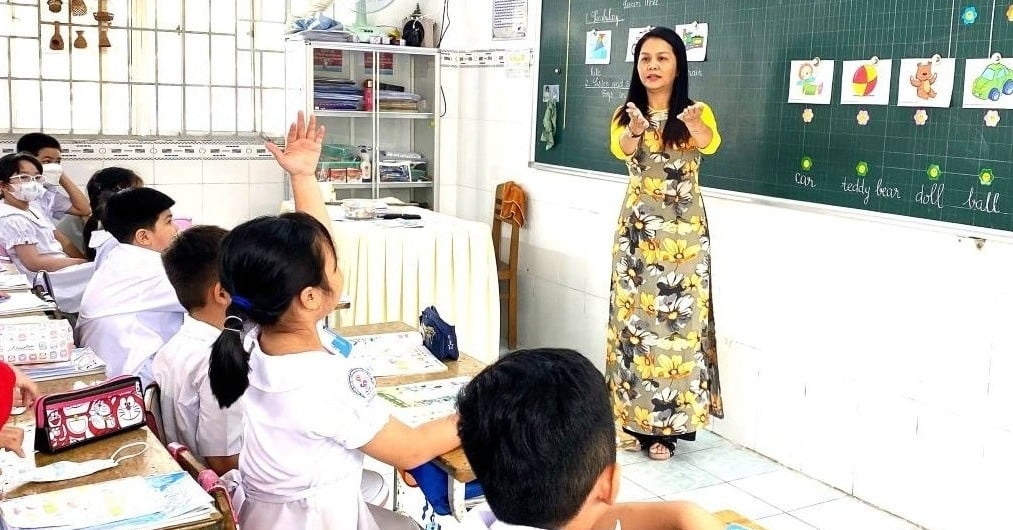


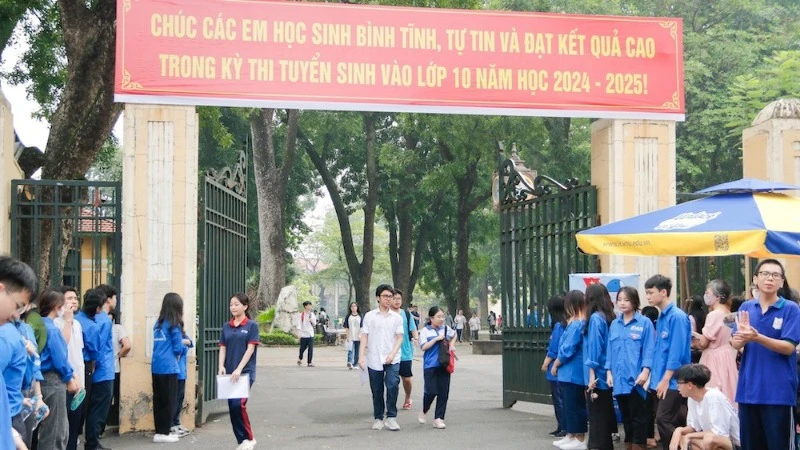










![[Photo] Summary of parade practice in preparation for the April 30th celebration](https://vstatic.vietnam.vn/vietnam/resource/IMAGE/2025/4/11/78cfee0f2cc045b387ff1a4362b5950f)



























































Comment (0)